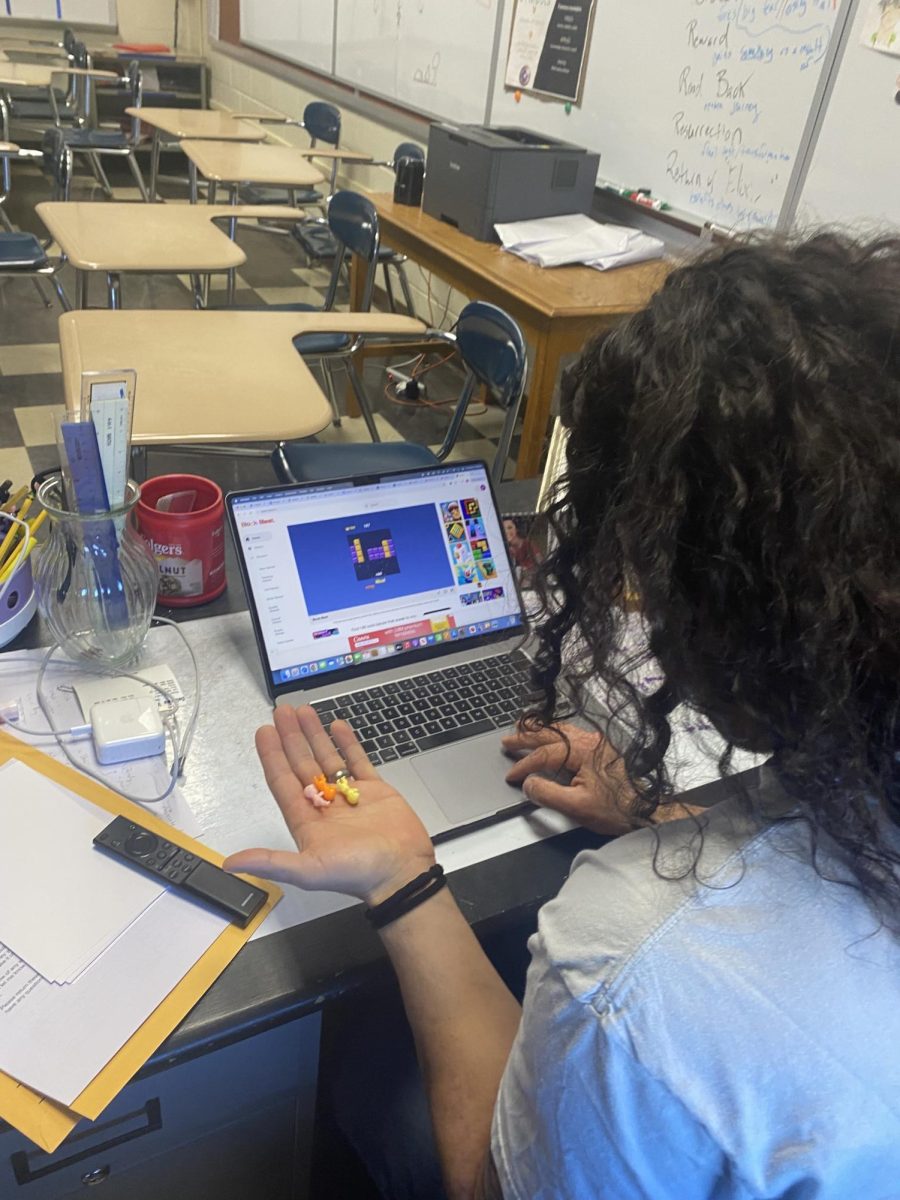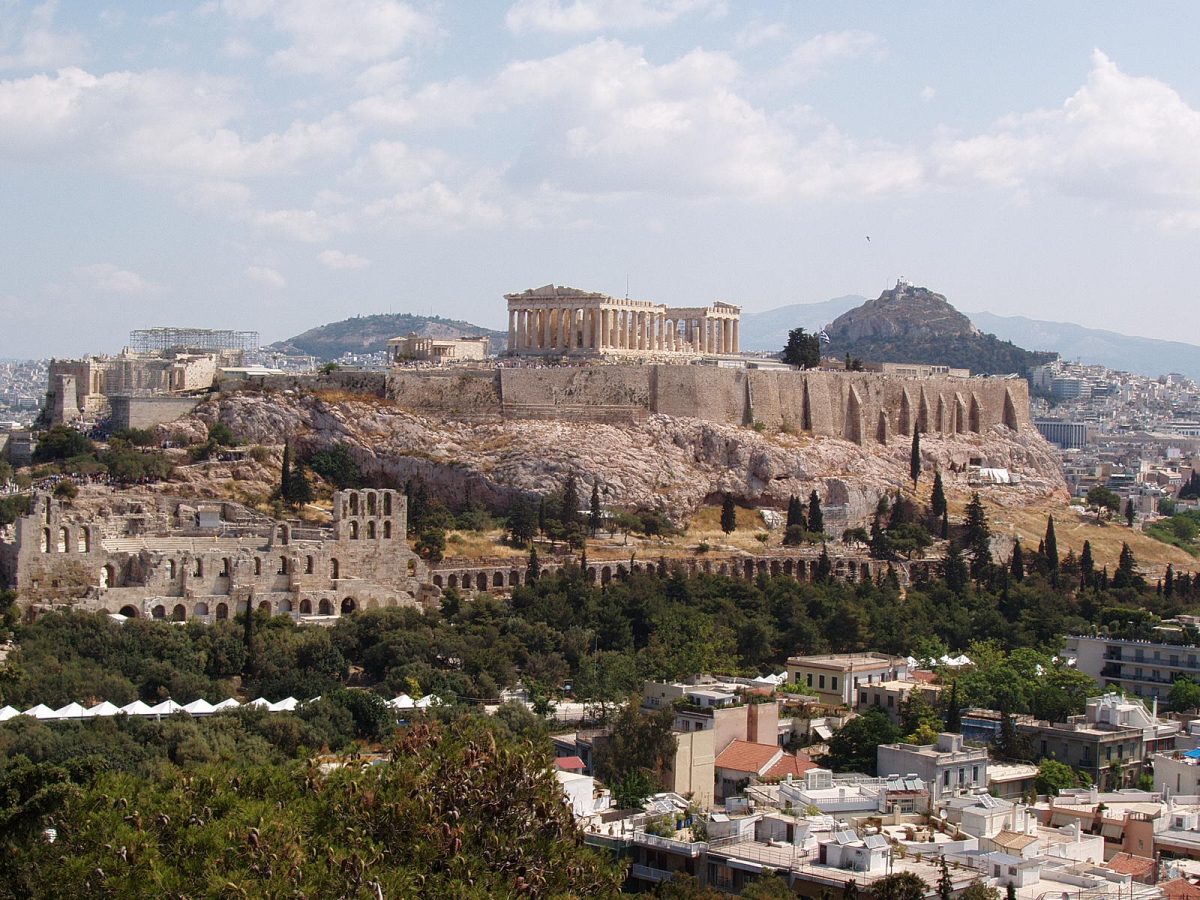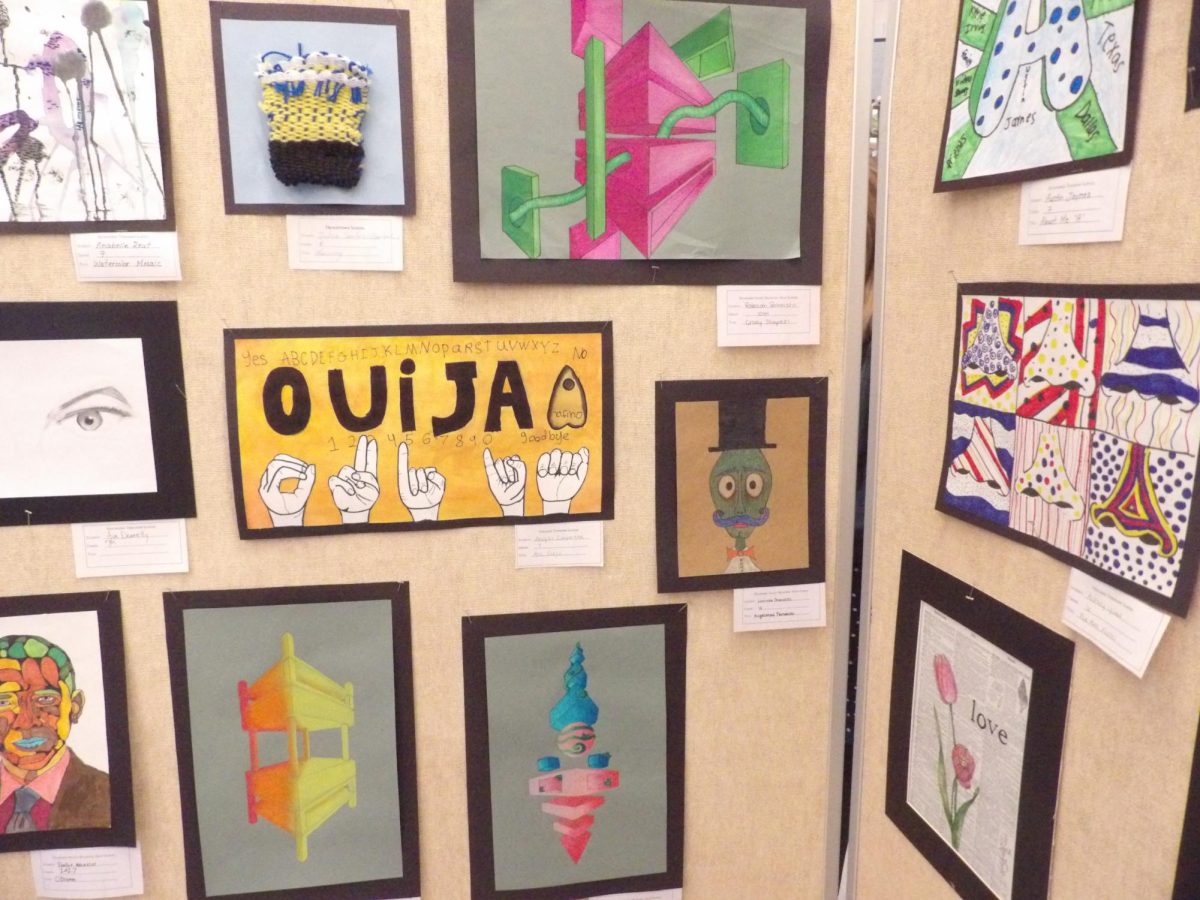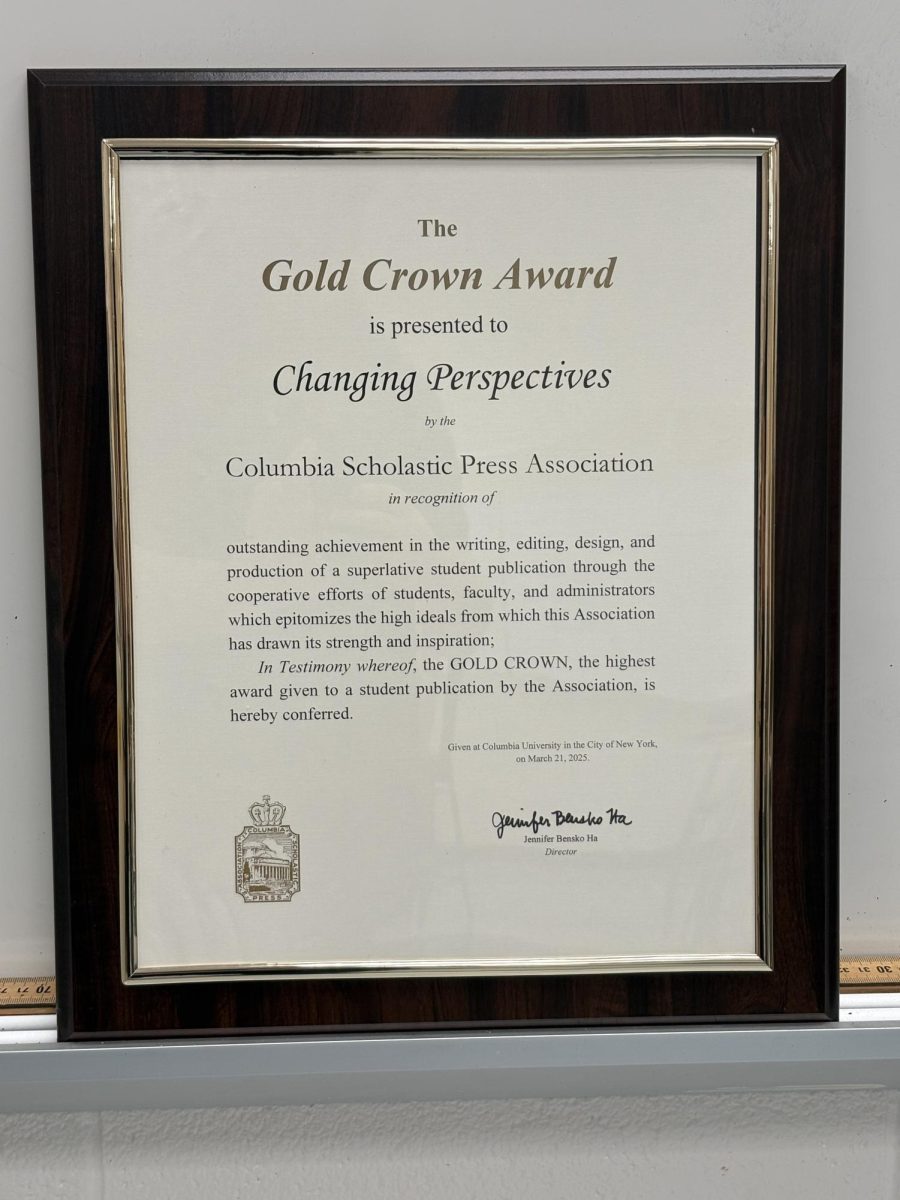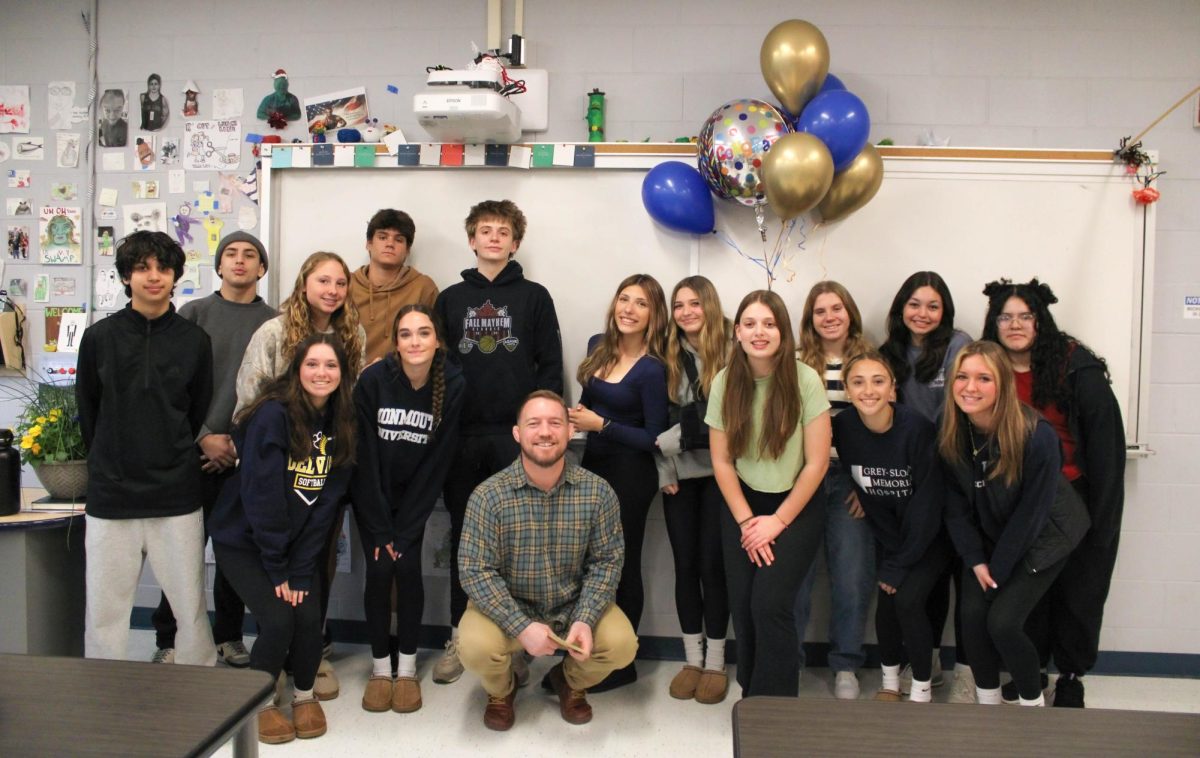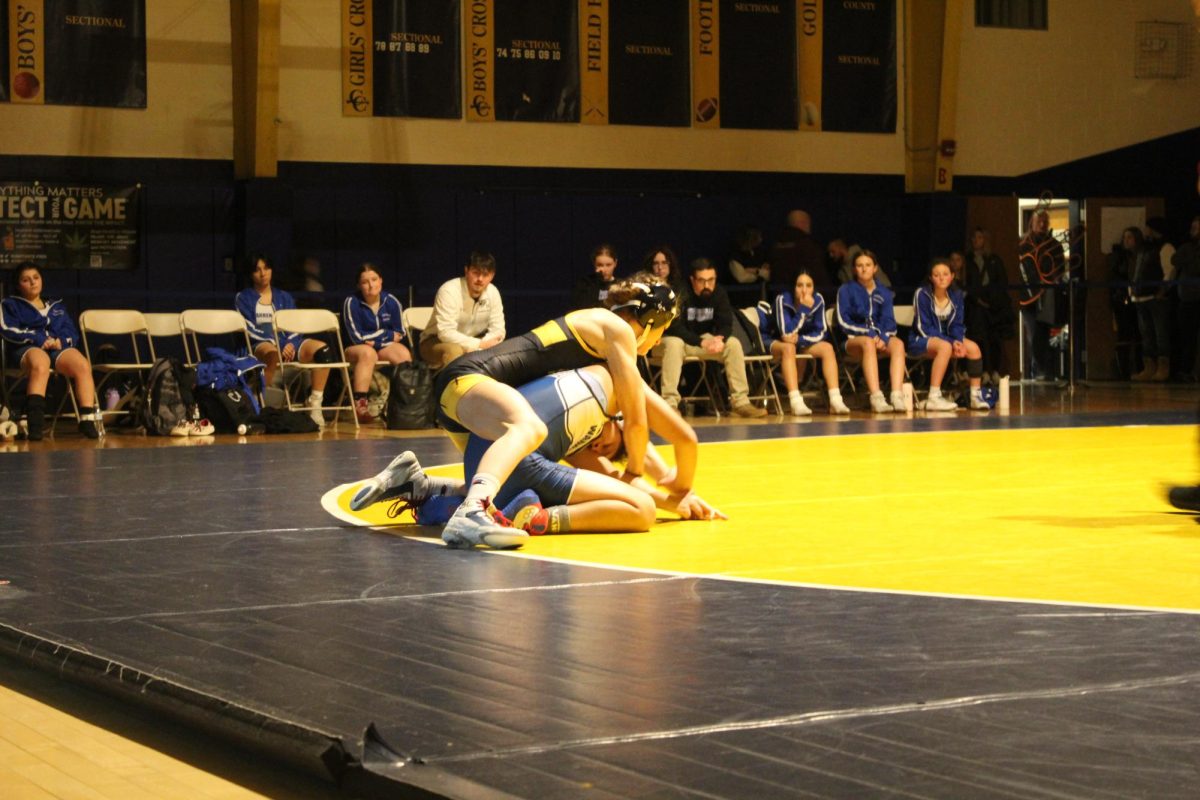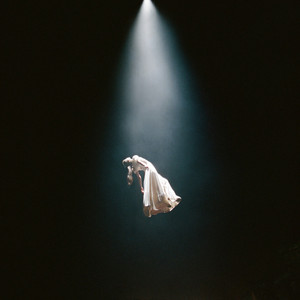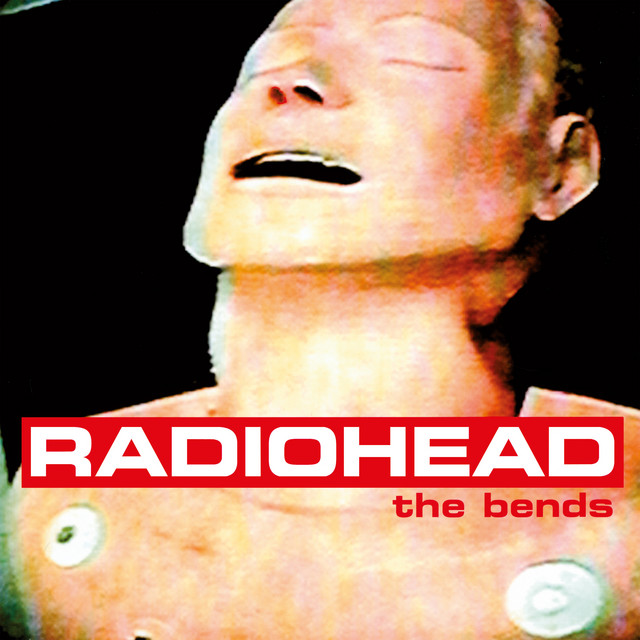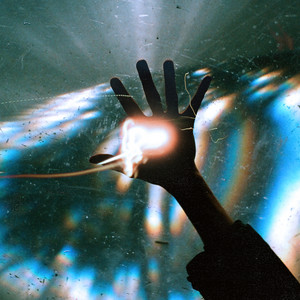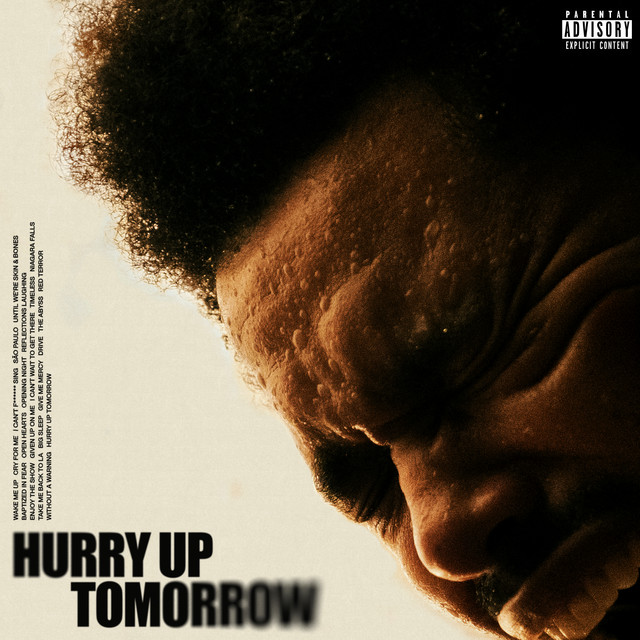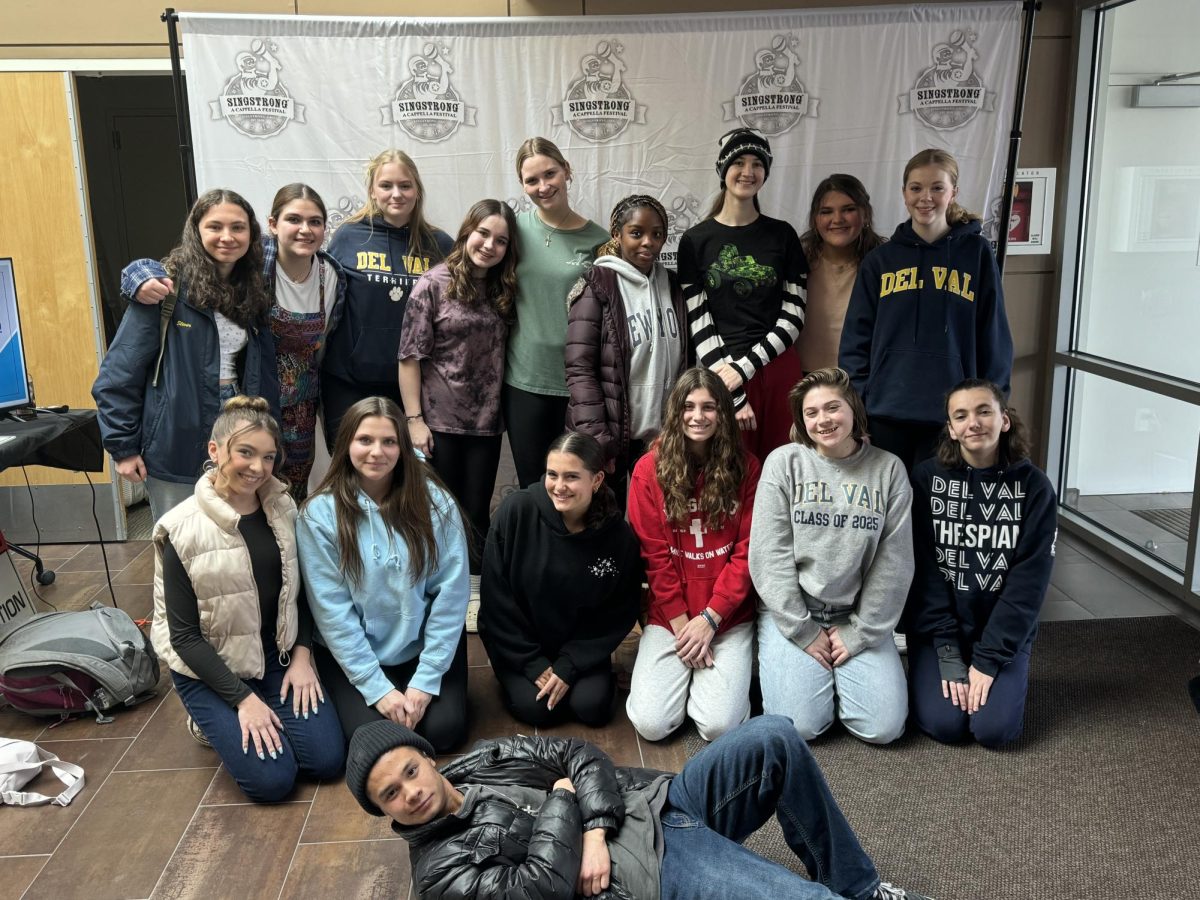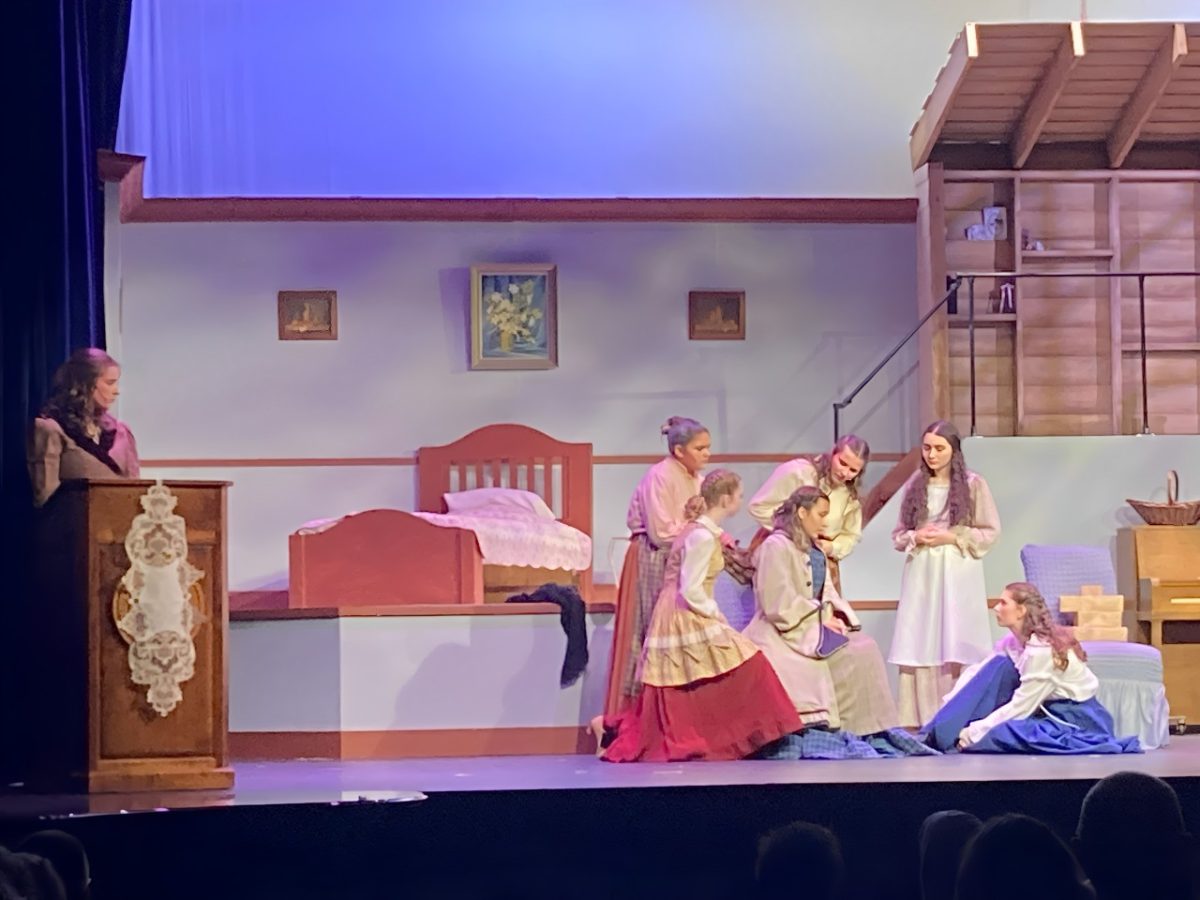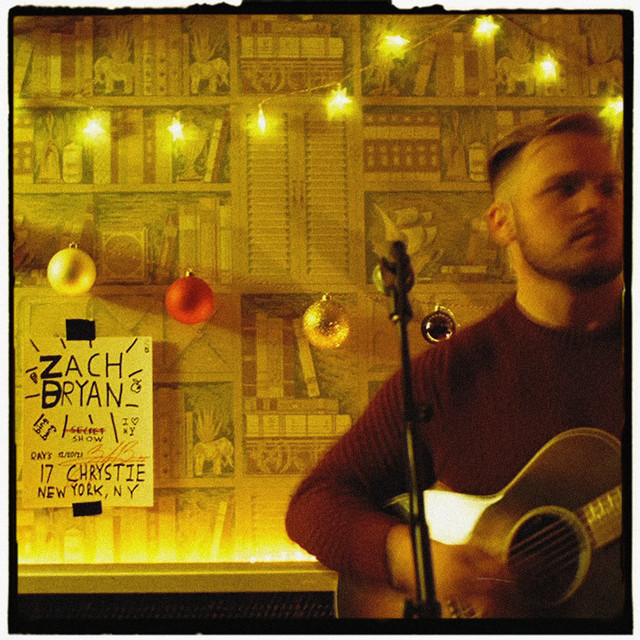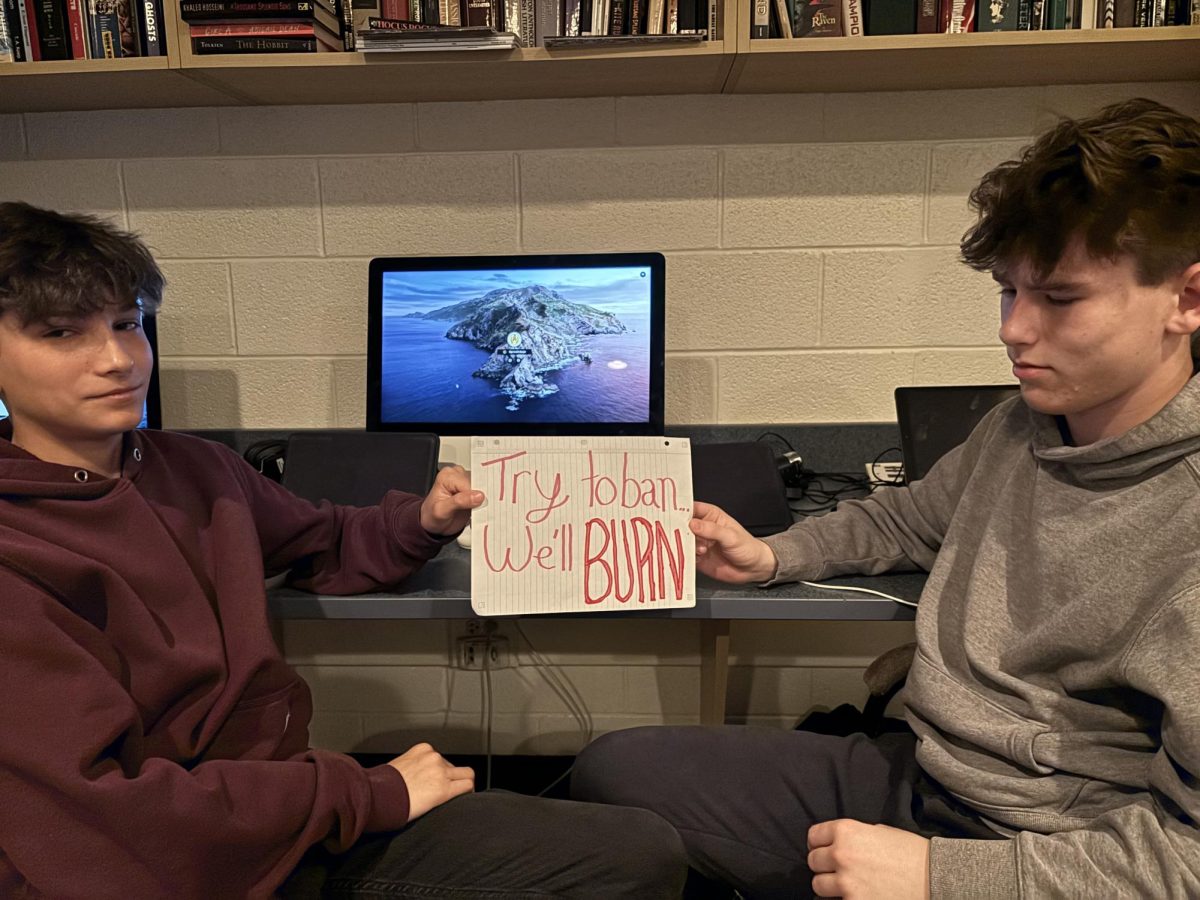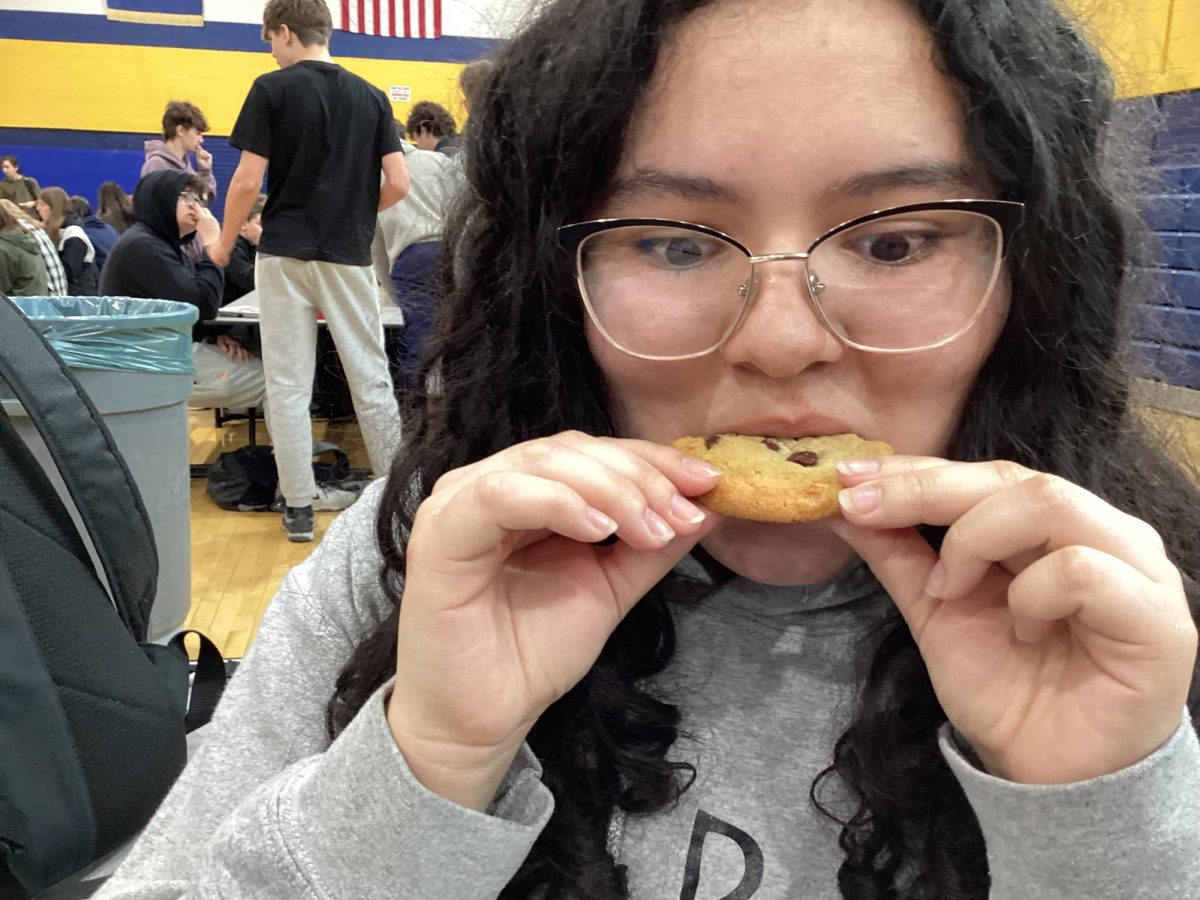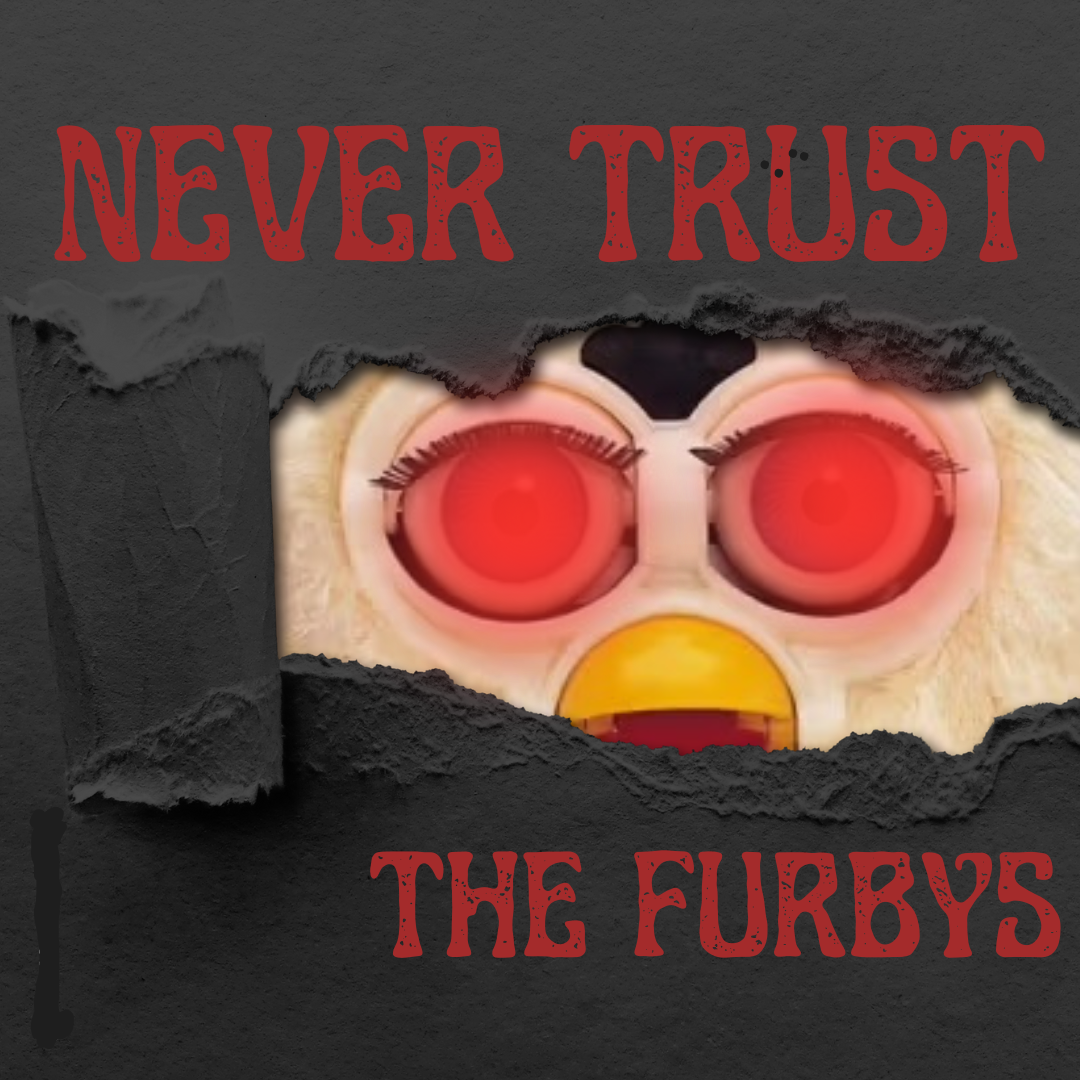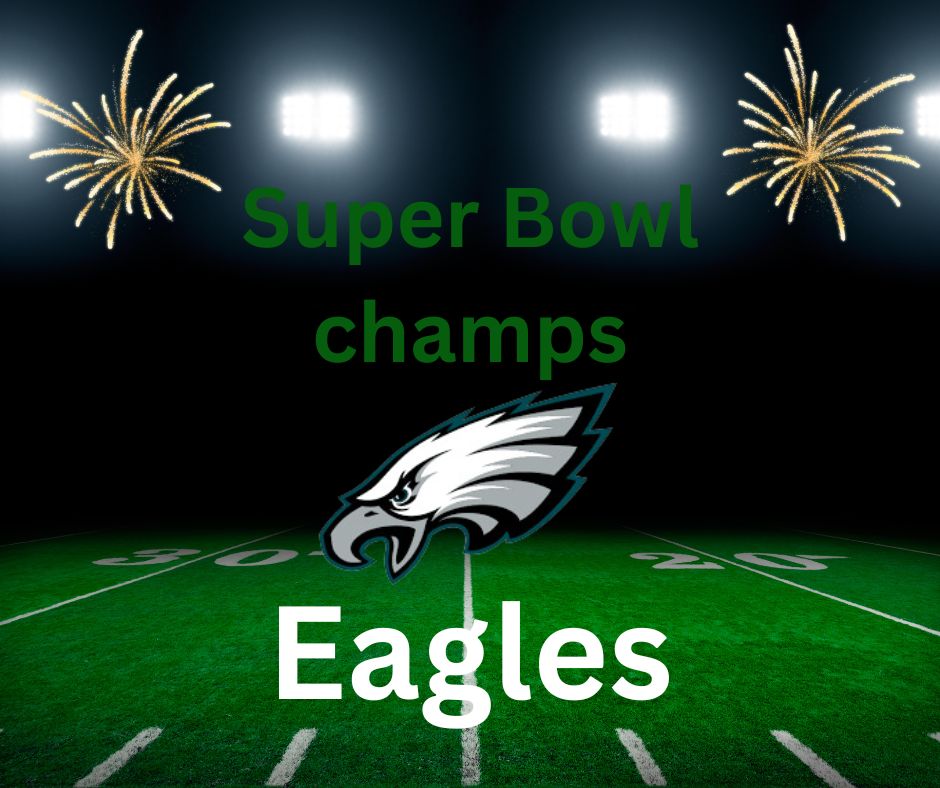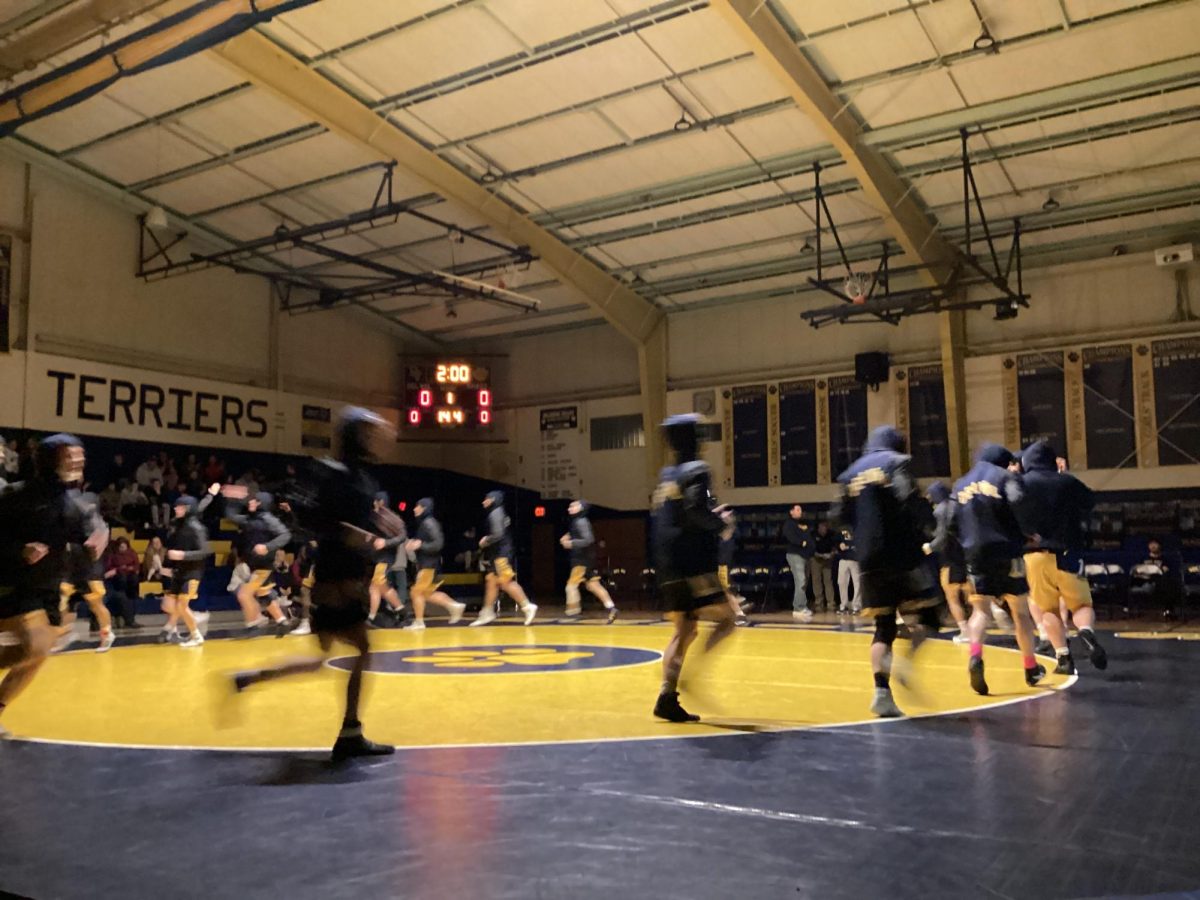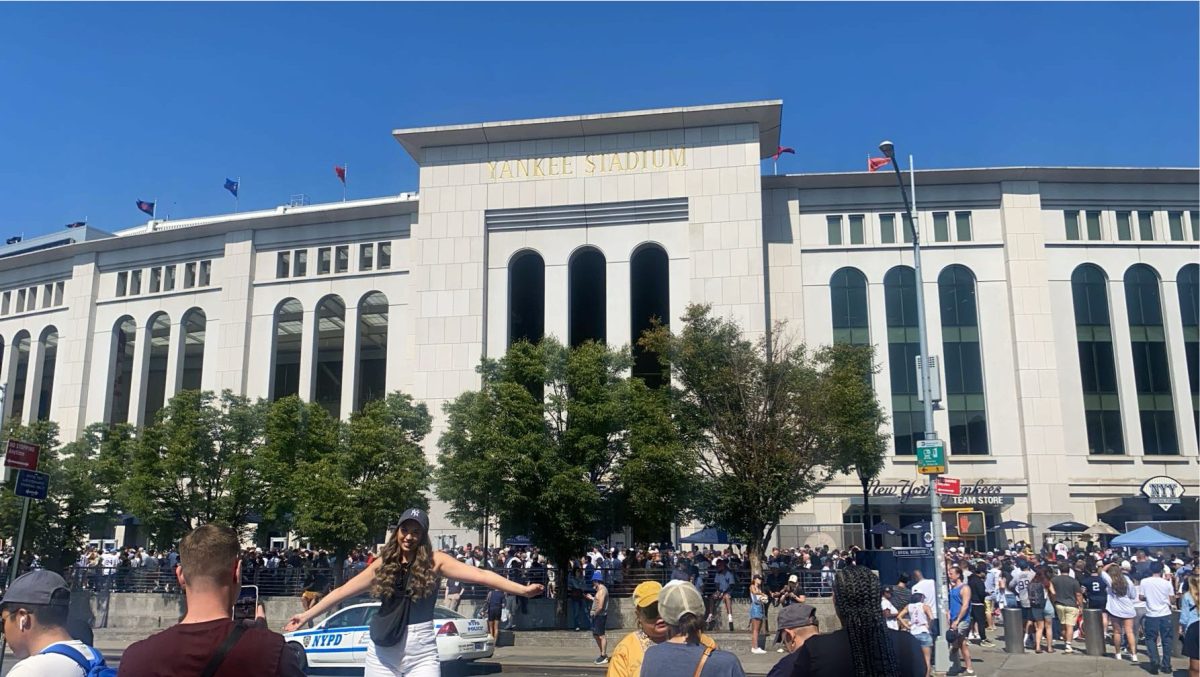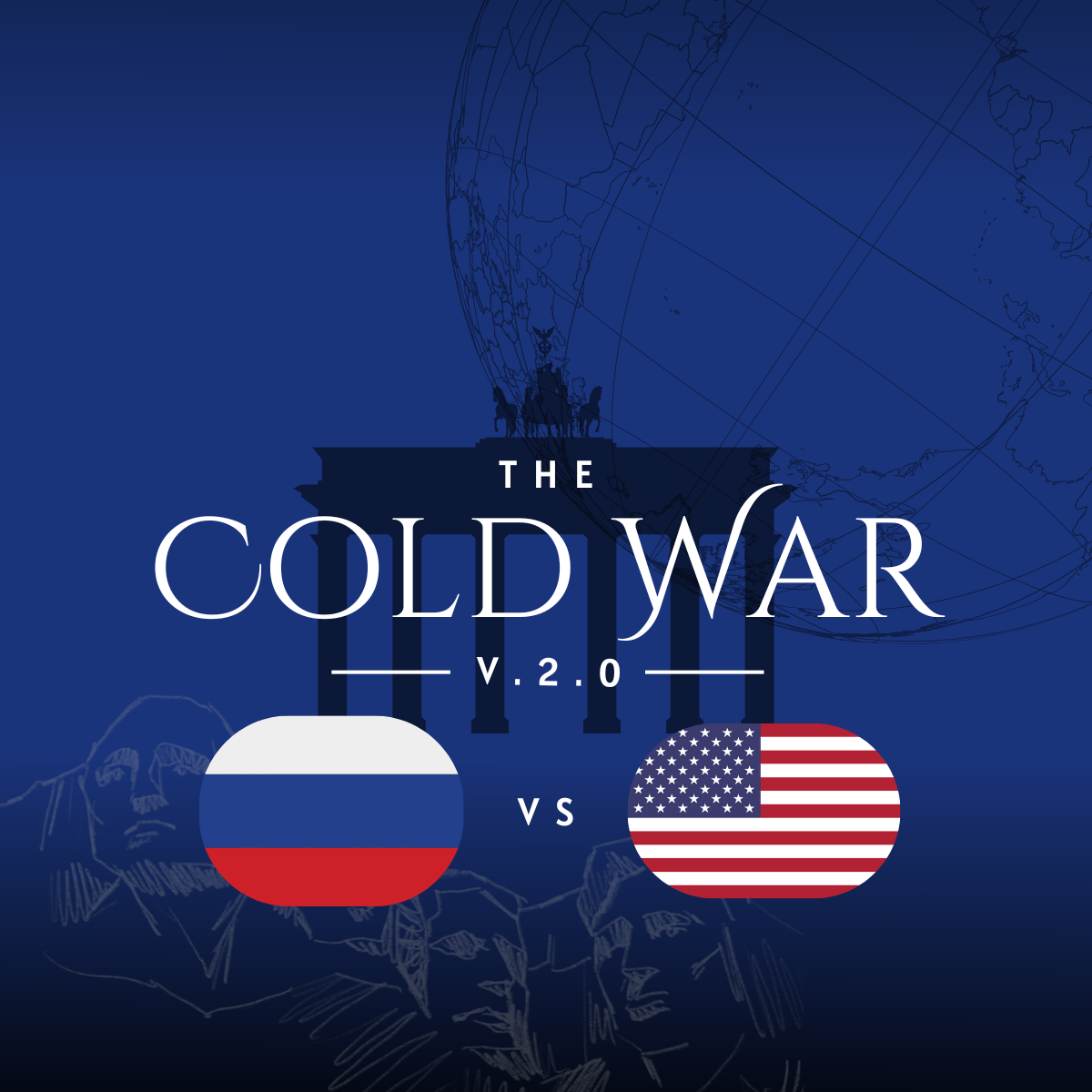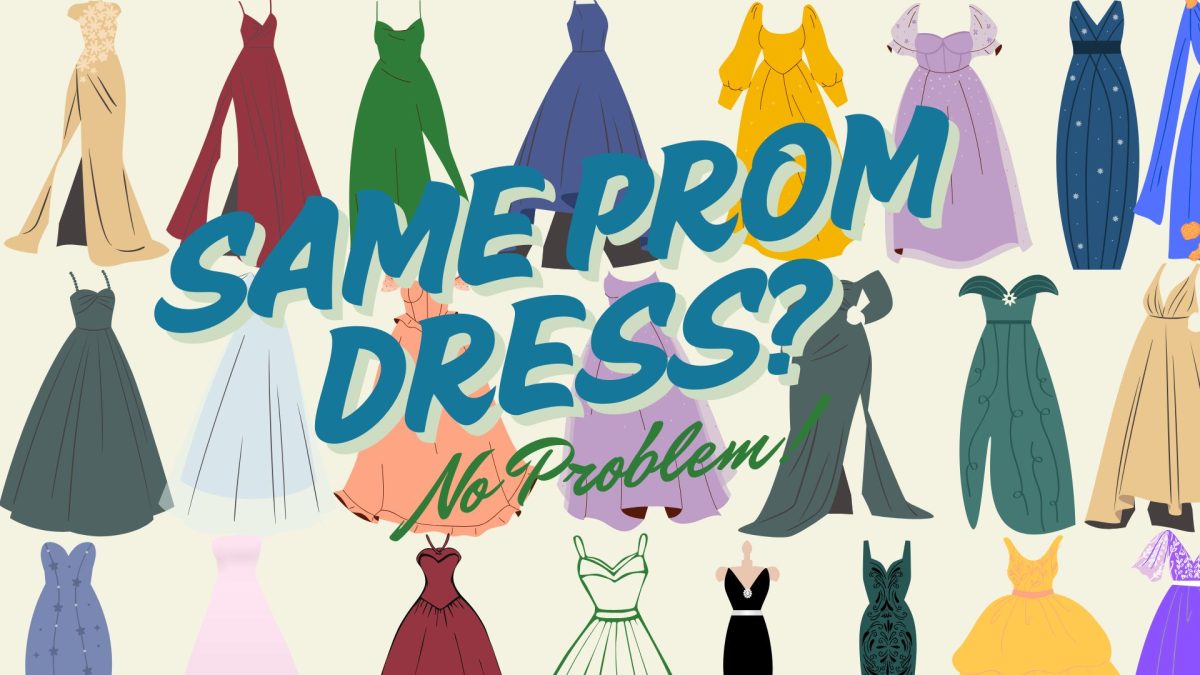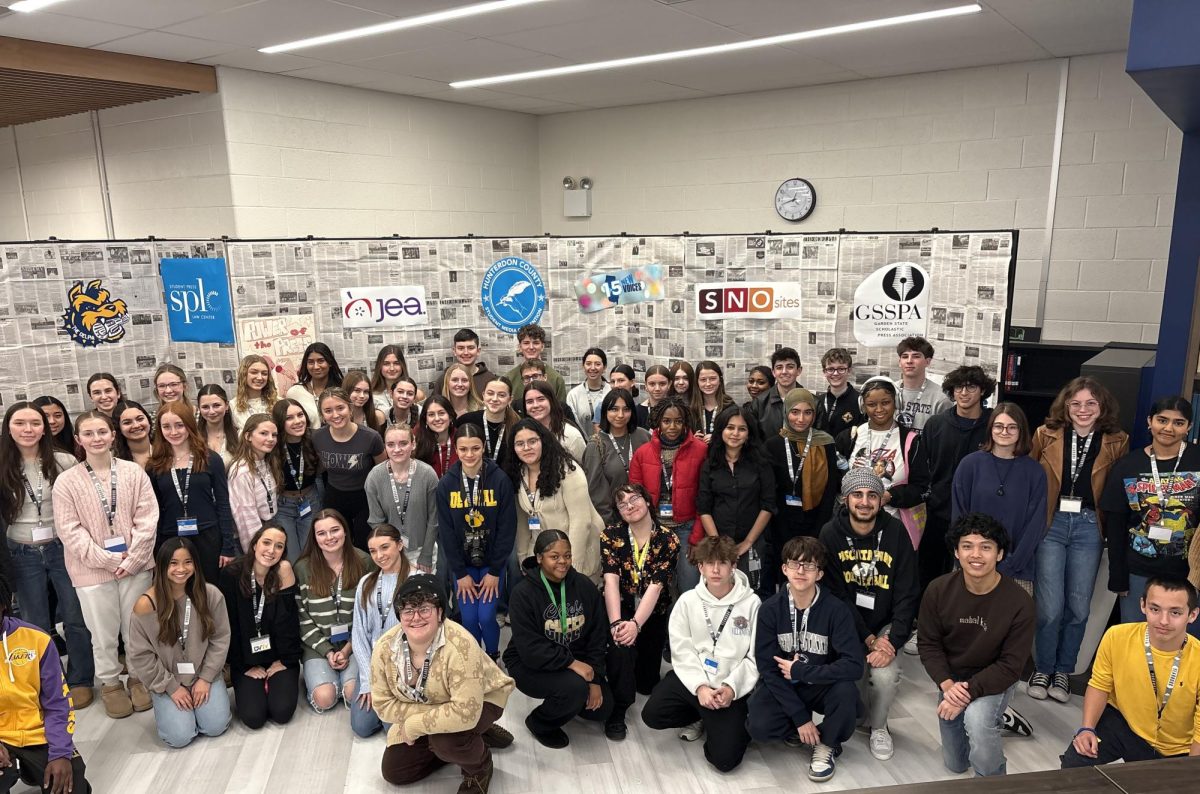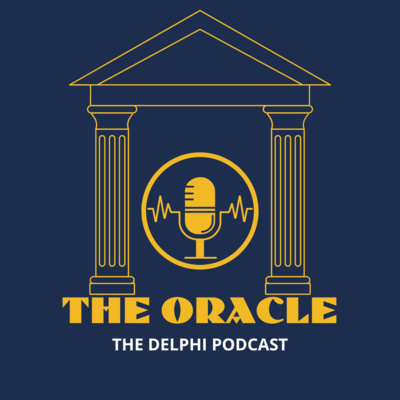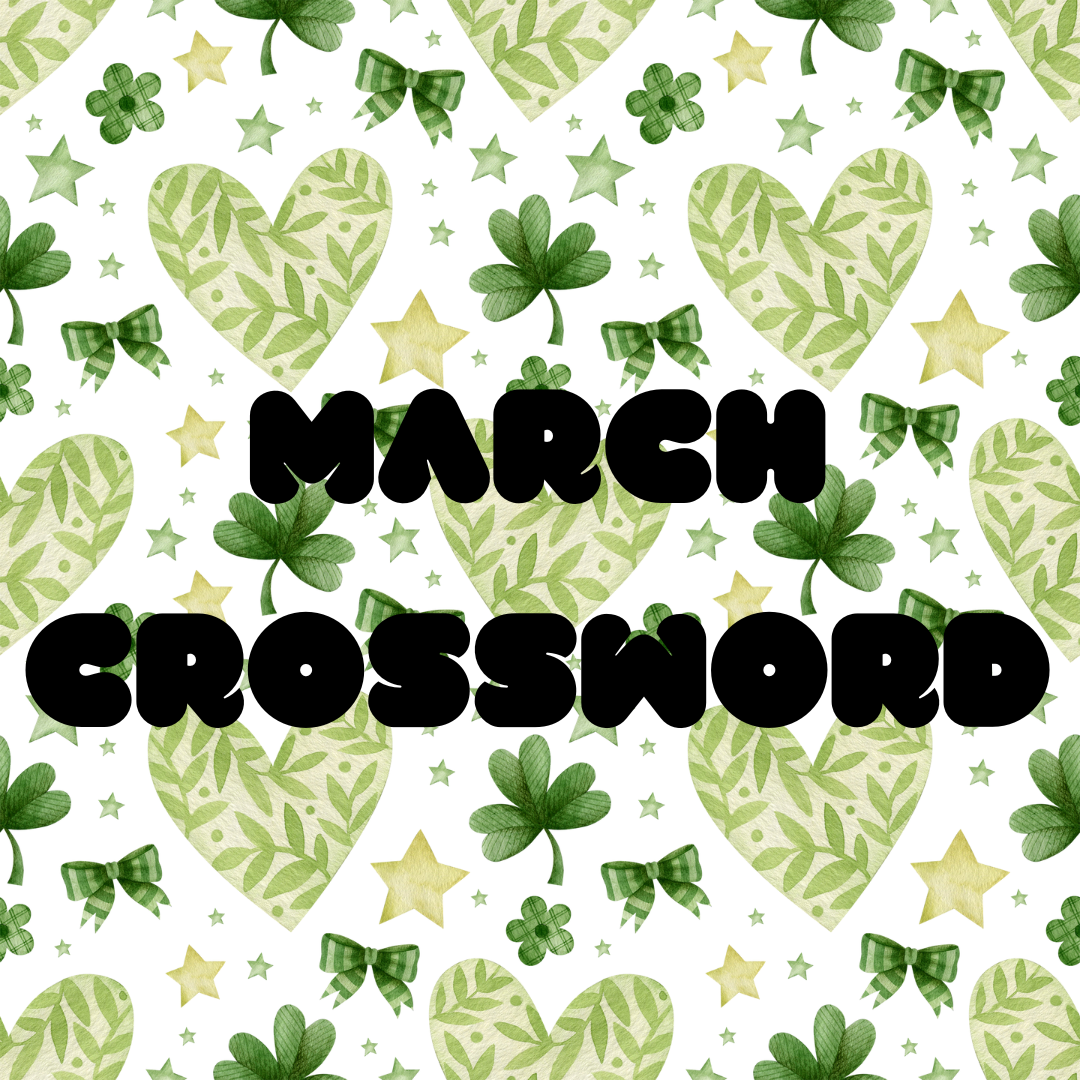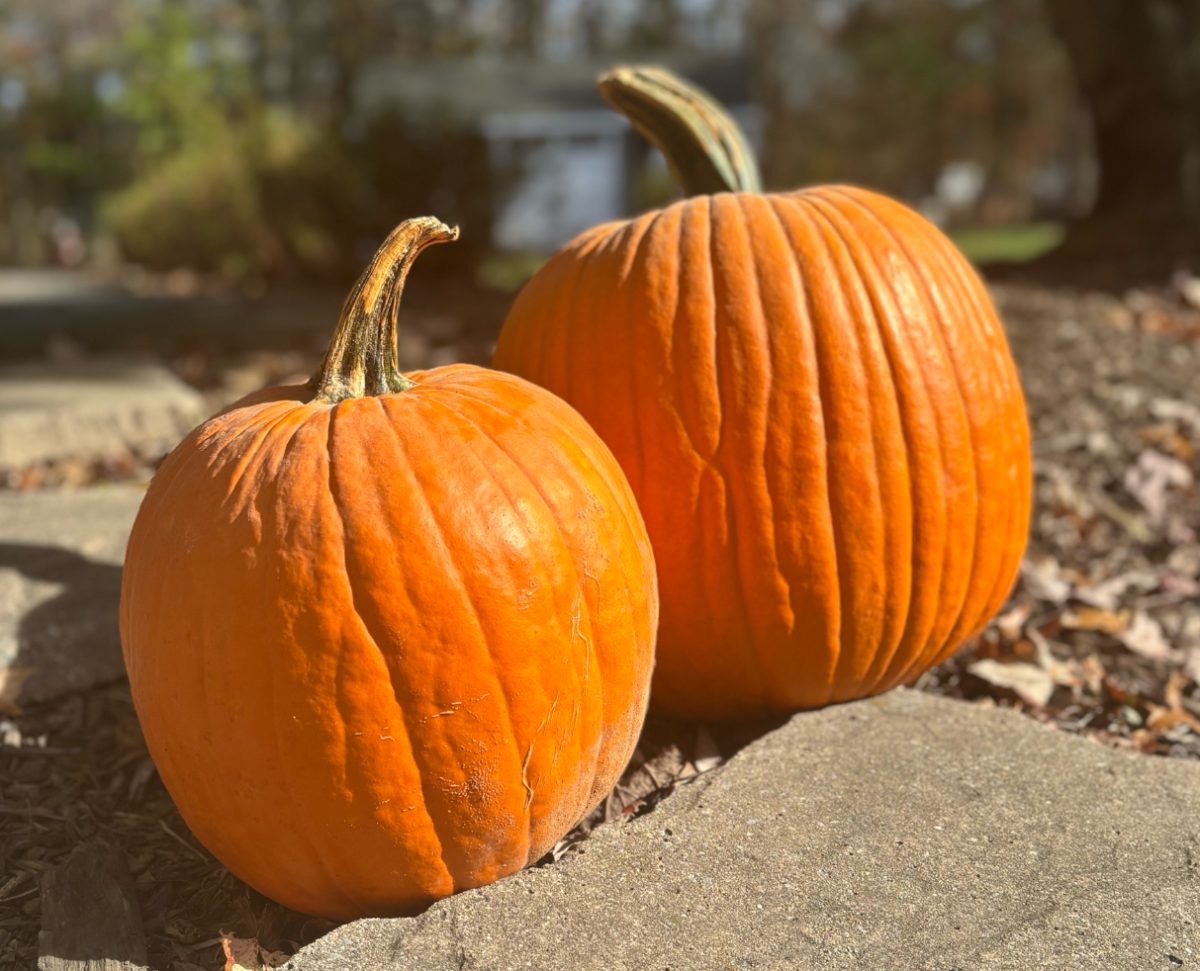Each year, Halloween is celebrated on Oct. 31, but where did this come from?
In the 8th century, Celtic pagans celebrated the Festival of Samhain on Nov. 1. The festival marked a close to the harvest season, and the new Celtic year. Soon thereafter, Pope Gregory III designated Nov. 1 as All Saints Day, and, over the course of time, the Celtics started to incorporate traditions from Samhain.
The evening before All Saints Day became known as “All Hallows Eve,” and later Halloween. Although many of the traditions celebrated today have evolved in their own way, many of them originated from the Celtics. The Celtics wore scary costumes to avoid being frightened by evil spirits who walked the Earth during Samhain. They wore them so that the spirits would be misled and leave humans alone. This created the tradition of dressing up.
Journalism and English teacher Brian Smith explained the origin of Trick-or-Treating.
“…It’s actually ‘which would you like?'” Smith said. “‘Would you like me to vandalize your home, or would you like me to give you candy?’ I’ve always loved when I taught Gothic Literature to share that the phrase ‘trick or treat’ was actually a threat.”
Smith described how decades ago, kids would set fires, commit vandalism and break windows in major cities as a “trick.”
“We call the day before Halloween ‘mischief night,’ they called it ‘hell night,'” Smith said. “What candy companies realized is that if you give kids a treat, they’re less likely to vandalize your house. So kids would come, and it was really a question, ‘would you like a trick, or would you like a treat?’ If they denied giving a treat, the kids would feel obligated to trick the people.”
Another common tradition Americans partake in is carving jack-o’-lanterns. This tradition began in Ireland. Stories of the past said that a man named Jack used to catch the Devil, and he wasn’t allowed free until he had agreed upon the condition that Jack would never go to Hell. When Jack died, he quickly learned that Heaven didn’t long for him either, so he spent the rest of eternity involuntarily walking the Earth as a ghost. The Devil then gave him a carved turnip to use as a lantern to guide his way. This eventually evolved into a tradition where people would carve spooky faces into pumpkins.
Halloween is a widely celebrated holiday by Americans, and even by people around the world. According to recent studies in the U.S., the amount of people who celebrate Halloween has increased by nearly 15% since 2020.
“I celebrate Halloween every year, it’s my favorite holiday,” Smith said.





